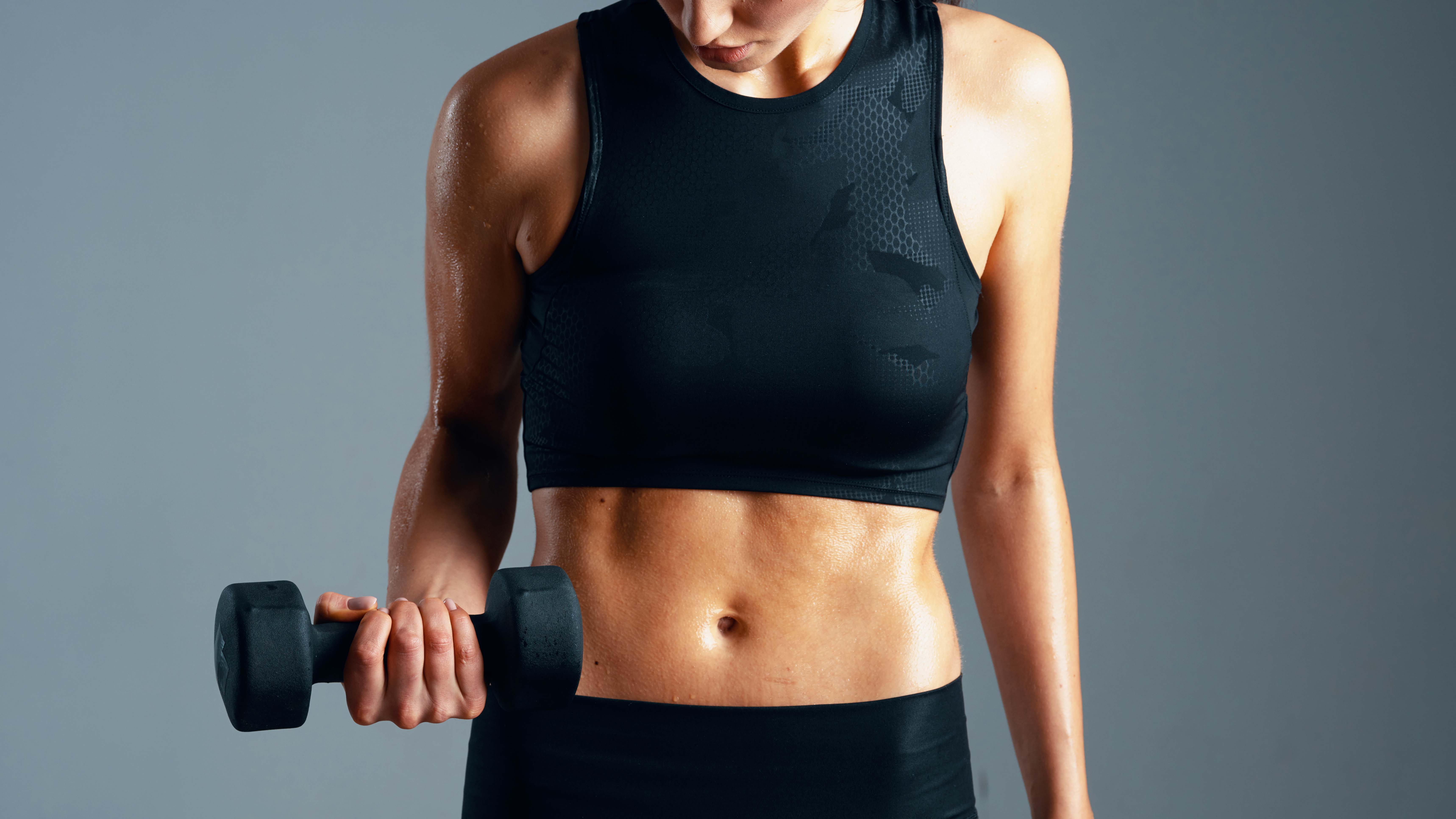I’m the first to admit, I’m somewhat of an AI denier. Despite reviewing fitness tech for a living, I’ve been dragging my heels when it comes to letting artificial intelligence regurgitate the highs and lows of my morning run to me, or highlight that no, my 15-month-old son still doesn’t sleep through the night. So why, I hear you ask, would I trust it with my workouts?
I’m a year postpartum and I’m bored of my current workout routine. For the first time in a long time there’s no structure to my training — I have a marathon planned for next Spring, but aside from running, I’m just doing random home workouts when (or if) my baby naps.
So I decided to see whether ChatGPT could, indeed, be the motivating personal trainer I need in my life right now. Here’s what happened.
Lesson 1: You have to be super specific
A huge caveat here — this is my first time using ChatGPT, or any other AI chatbot, for that reason. My first lesson is an obvious one — it might feel like you’re back using MSN, but you’re not speaking to something with a brain, so you need to be super specific about what you’re asking.
I started by asking the bot for a postpartum core workout, but it was a little too basic. Next, I asked for a 20-minute ab workout, but left the page before I’d saved it, and next time I asked, ChatGPT gave me a completely different workout, which included a lot of crunching and sit-ups — exercises I tend not to focus on after a previous back injury.
Finally, I got more specific, asking for an ab workout that would use dumbbells and be kind to my lower back. Here’s the workout it gave me:
Equipment: 1 light-to-moderate dumbbell (5–20 lbs, depending on your level)
Format: 40 sec work / 20 sec rest (or modify to 30/30 for beginners)
Circuit Style: 2 rounds of 5 core-safe movements
Focus: Stability, controlled rotation, and safe engagement
1. Dumbbell Dead Bug (40 sec)
- Lie on back, knees bent at 90°, dumbbell held with both hands above chest
- Lower opposite arm (with dumbbell) and leg slowly.
- Keep back pressed into floor.
2. Bird Dog Row (40 sec)
- In tabletop, hold dumbbell in one hand. Extend opposite leg.
- Row dumbbell toward waist while keeping hips square.
- Alternate sides each round.
3. Dumbbell Side Bend (Right side) (40 sec)
- Stand tall, dumbbell in right hand, slowly bend to the right.
- Use obliques to return upright. Avoid leaning forward/backward.
4. Dumbbell Side Bend (Left side) (40 sec)
- Switch hands and repeat on the other side.
- Focus on slow, controlled movement.
5. Dumbbell Plank Pull-Through (40 sec)
- High plank. Dumbbell outside left hand.
- With right hand, reach under to drag dumbbell across to other side.
- Keep hips stable — no twisting.
Repeat the full circuit once more.
Lesson 2: ChatGPT won’t replace real-life coaching anytime soon
I’m not a fitness coach, but I’ve worked with enough trainers over the years to know that dumbbell side bends aren’t the best when it comes to targeting the obliques, especially if, like me, you’ve had a back injury.
In fact, unless you’re moving with absolutely perfect form, dumbbell side bends can put stress on the lower back, especially if you’re holding a heavy weight and lean your torso forward slightly. They’re also not really working the obliques, as most people will use their hips to bend from side to side.
Normally, I’d opt for a side plank or a weighted Russian twist if I wanted to work my obliques. For the sake of this experiment, I opted for 40 seconds of woodchops on each side instead.
Lesson 3: The workout wasn’t bad
Once I’d modified the workout to suit my body, I grabbed a set of the best adjustable dumbbells and gave it a go. The result? This workout worked my core and helped me add some movement to my day, but there’s a big caveat here: I knew what all of the exercises were and how to do them, but most importantly, I knew which I shouldn’t do if I wanted to avoid injury.
If you’re a complete beginner, ChatGPT doesn’t have anywhere near the same knowledge as a personal trainer on your gym floor. Sure, in-person training is a luxury not everyone can afford, but I’d argue you’re better off following a few trainers on Instagram or YouTube and watching their content so you can see how they are moving.
Will ChatGPT become my go-to trainer? Probably not. That said, if you’re looking for a quick workout and you know enough about fitness to modify exercises, it’s not the worst place to start.
More from Tom’s Guide
Source link
